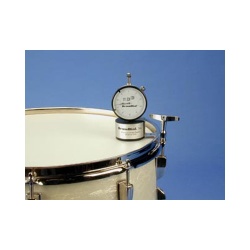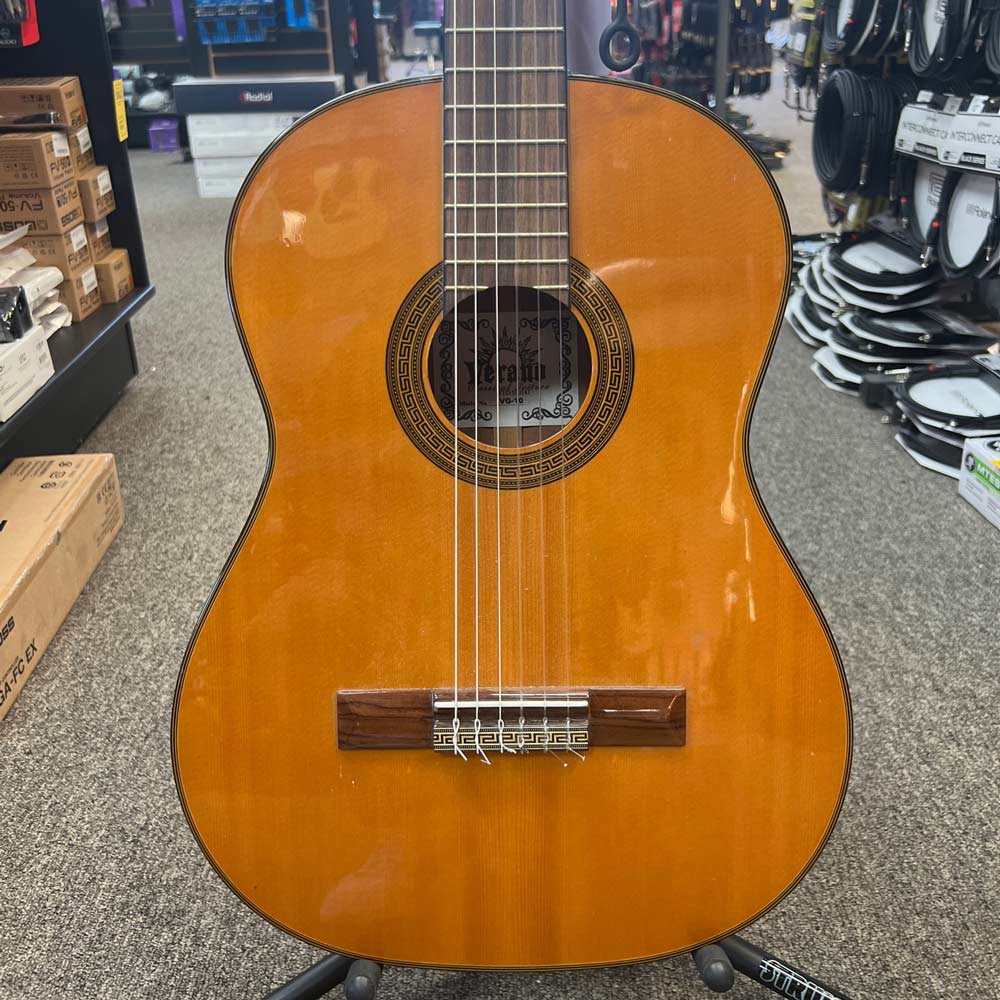
ConclusionĪ drum-tuner is a pretty essential item that can help save hours of painstaking work.

But consider whether you're looking to have a particular pitch on your drum or just keep the tension equal for 360 degrees to ensure you get a good rebound. It really boils down to personal preference. The analog versus digital tuning argument is a tough one to settle. If you're a beginner, tuning your drum with a tuner that's easier to read is a good option. So don't feel you need to spend $500 on a Pearl tuner for a Pearl kit.Īnalog tuners are generally the cheaper way to go, but some can find them a little frustrating at first, as digital tuners are easier to read. While most drum makers will have their own version of drum tuners, some of these can be quite pricey and aren't drum-kit specific. There aren't too many competitive drum tuners on the market. You need to decide whether you want an analog or digital option. What to Look for When Buying a Drum Tuner? Tuning on opposite sides can help counter this, speeding things up, with or without drum tuners. While you tighten one, you will find those around it actually loosen. You should always tune the tension rod opposite to the one you have just tuned. You simply tighten or loosen the lug of the tension rod with a torque key. The assistance of drum tuners is a wise idea. With any type of drums, tuning by ear can be a tough and lengthy process, even for a professional. So drum tuning is important and is a constant process. The poor rebound can actually make your tempo less accurate. This affects the rebound and, therefore, the response. Temperature can also affect the tone of the drum because the metal-rimmed hoops (which help hold the tops in place) expand when they're hot and shrink when they cool, which, in turn, stretches and loosens the skins. Drum tuning needs doing once in a while to get the best out of your drums. As the skins or drum heads stretch (and dent), the sound changes over time. The majority of drummers will tune by ear until they reach their preferred tonality. The vibrations caused by striking the drum heads can produce overtones that are disharmonious, spoiling the tone.
#Acoustic drum tuner skin#
Most ready-made drum-kits will come with a standard torque key for that exact reason.Ī drum is made from component parts with the skin or drum heads seated over the top. While a drum-kit is, technically speaking, a non-pitched percussive instrument, it does still require tuning. They need to be kept at a definite pitch, so they don't clash with the rest of the music.

There are a number of tuned percussive drums, such as timpani, which are utilized in orchestral performances. A digital tuner focuses more on the pitch, measuring the frequencies the drum produces when struck. They make the process of drum tuning easier and quicker as well as more accurate than with a torque key by ear.Īn analog tuner measures the tension of either the drum head or the tension rod itself. A drum tuner is a tool to help you adjust the frequency or pitch of a drum. They let you save five pitch settings for easy recall at a later date, allowing you to experiment with different tones and still find the sound you previously had.ĭrum Tuner Buyers Guide What is a Drum Tuner? These drum tuners are capable of recognizing a range of frequencies, making them a useful tool for tuning low bass drums high toms and everything in between. It gives a visual reading via its 4-color LCD display, both in hertz and musical notes. This drum tuner capably filters out the overtones to decide the pitch your strike produces at each lug position. It just clips to the rim of your drum hoop, meaning you can tune your drums easily. It's easy to set up, which makes it the best drum tuner for beginners.

They work much like a digital guitar tuner which some of you may be more familiar with. Electronic models work by monitoring the pitch rather than the tension, like an analog tuner. Digital models make tuning your drums effortless. Next, we have a digital model up for comparison.


 0 kommentar(er)
0 kommentar(er)
